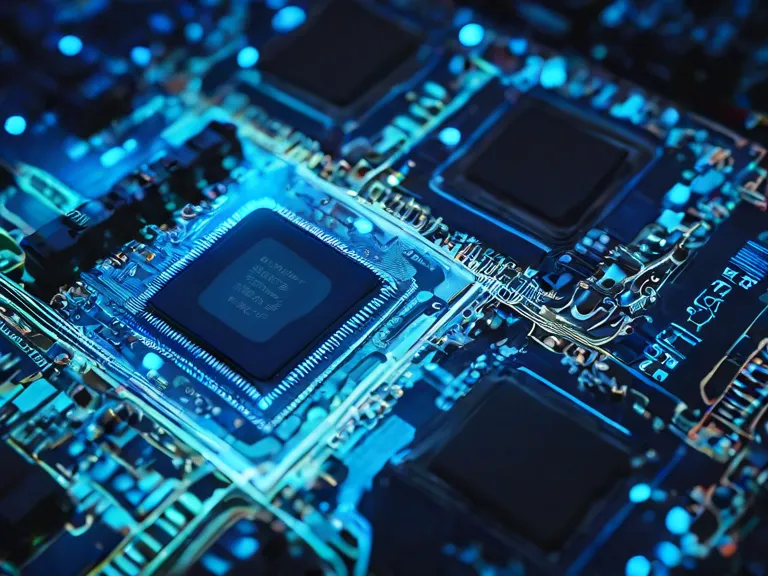
Data science has become a critical component in the field of chip design, enabling engineers to extract meaningful insights from vast amounts of data to optimize performance, power efficiency, and reliability of electronic devices. In recent years, there have been significant technological advances in the application of data science techniques in chip design, revolutionizing the way semiconductor companies develop and manufacture cutting-edge integrated circuits.
One of the key trends in the role of data science in chip design is the use of machine learning algorithms to accelerate the design process and improve the performance of semiconductor devices. By analyzing large datasets generated during the design and testing phases, machine learning models can predict potential design flaws, optimize circuit layouts, and even automate the design of complex components. This not only reduces time-to-market but also ensures the reliability and quality of the final product.
Another recent development is the integration of data analytics tools into the chip design workflow to enable real-time monitoring and optimization of semiconductor fabrication processes. By continuously analyzing sensor data from manufacturing equipment, engineers can identify potential defects, improve yield rates, and optimize production parameters to meet performance specifications. This data-driven approach has proven to be highly effective in improving the overall efficiency and cost-effectiveness of semiconductor manufacturing.
Furthermore, the emergence of advanced simulation and modeling tools has enabled engineers to simulate the behavior of complex chip designs in virtual environments, allowing for faster prototyping and testing of new ideas. By combining data science techniques with simulation tools, engineers can explore a wider design space, optimize performance metrics, and identify potential bottlenecks early in the design process. This iterative approach has significantly increased the productivity and innovation capabilities of chip designers, pushing the boundaries of what is possible in semiconductor technology.
In conclusion, the role of data science in chip design has evolved rapidly in recent years, with technological advances reshaping the way semiconductor companies create and optimize integrated circuits. By harnessing the power of data analytics, machine learning, and simulation tools, engineers can design more efficient, reliable, and high-performance chips that drive innovation and advancement in the electronics industry.



